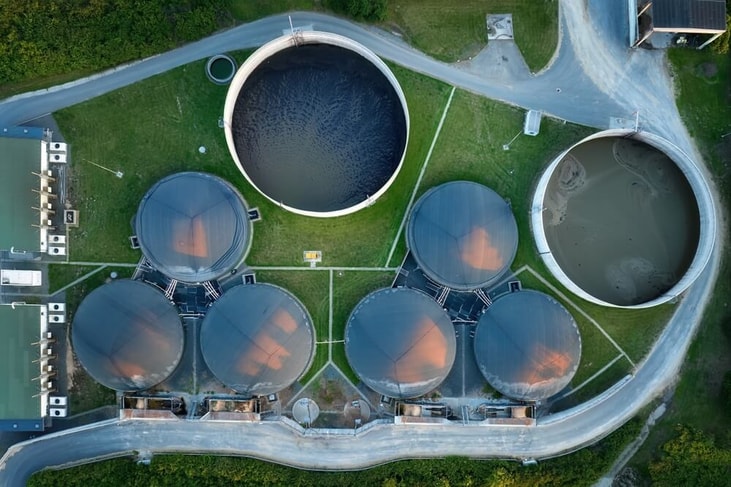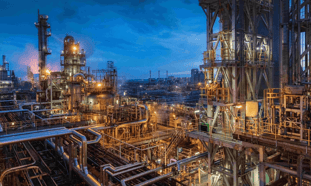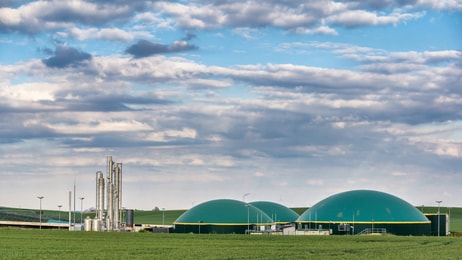Synthica Energy to launch ‘first-of-its-kind’ biogas plant in US
Cincinnati-based Synthica Energy (Synthica) has received approval from the Texas Commission on Environmental Quality for its air quality permit, clearing the way for a new anaerobic digestion (AD) facility in San Antonio.
Labelled as a ‘first-of-its-kind’ project in the region, the facility will convert up to 250,000 tons of industrial organic waste into renewable natural gas (RNG) – or biomethane – each year.
The plant, set to break ground later this year, will use AD, a process where microorganisms break down organic material in an oxygen-free environment to produce biogas and digestate. The RNG, primarily methane, will be upgraded to meet natural gas specifications for use as a clean, low-carbon energy source.
Grant Gibson, co-founder and chief development officer at Synthica, highlighted the demand for such a facility in San Antonio, noting the city’s extensive food and beverage manufacturing industry.
... to continue reading you must be subscribed
























